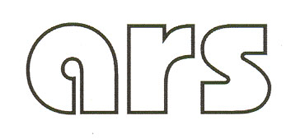Resumo em Português:
RESUMO Neste artigo, apresentamos os processos de criação que deram origem à primeira tecnoperformance com drone, realizada no Grupo Internacional e Interinstitucional de Pesquisa em Convergências entre Arte, Ciência e Tecnologia (GIIP). Um voo, conduzido em tempo real, com base nos gestos faciais e movimentos de cabeça de uma artista com síndrome de locked in, demarca no solo um caminho, feito por um laser embarcado no drone. Neste trajeto, movimentos de dança são criados por dançarinas, ao som que mistura o eletrônico e o analógico experimental. Também descrevemos a produção de uma instalação artística, decorrente desta obra cênica, participante de duas exposições. Por fim, trazemos considerações teóricas sobre a transdução entre os campos da engenharia, tecnologia e arte, seguidas de reflexões que justificam que essa tecnoperformance é apenas o início de uma série de produções artísticas do GIIP usando dispositivos operados por controle remoto e tecnologia de realidade virtual.
Resumo em Inglês:
ABSTRACT In this article, we present the creative process that originated the first techno performance using a drone, carried out at the GIIP. A real-time flight delineates a path on the ground made by a laser embedded in the drone and based on facial gestures and head movements of an artist with locked-in syndrome. In this path, dancers create their movements inspired by the soundtrack that mixes both the electronic and the experimental analogical sound. We also describe the production process of an artistic installation, resulting from this performance, which participated in two exhibitions. Finally, we bring theoretical considerations about transductions between engineering, technology, and art, followed by some considerations that justify our opinion that this techno performance is only the beginning of a diversified series of artistic productions of the GIIP using devices operated by remote control and virtual reality technology.
